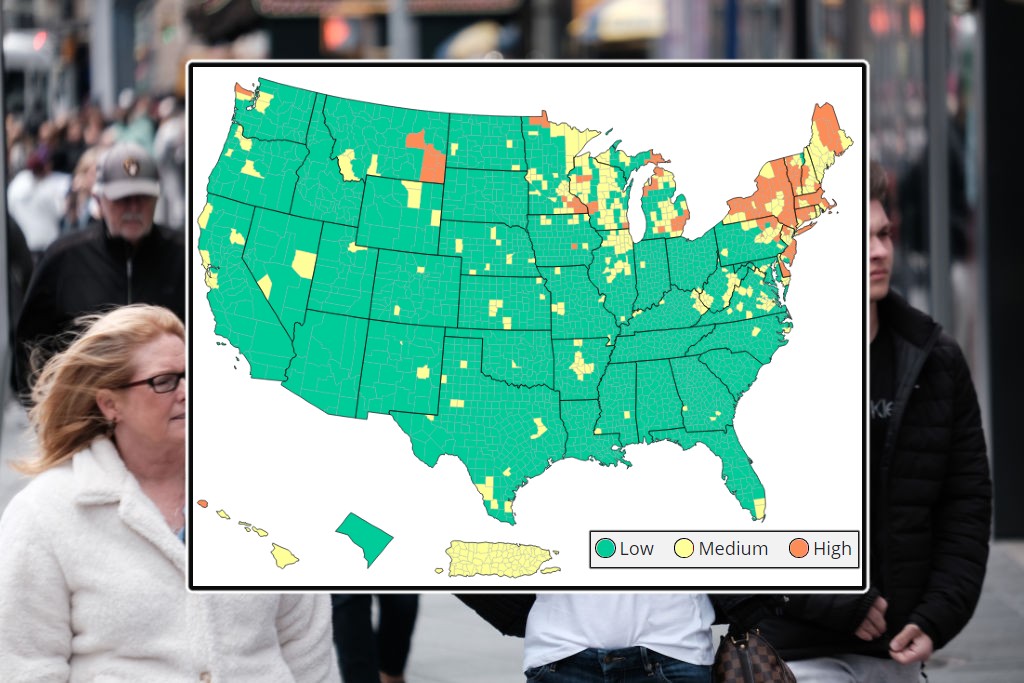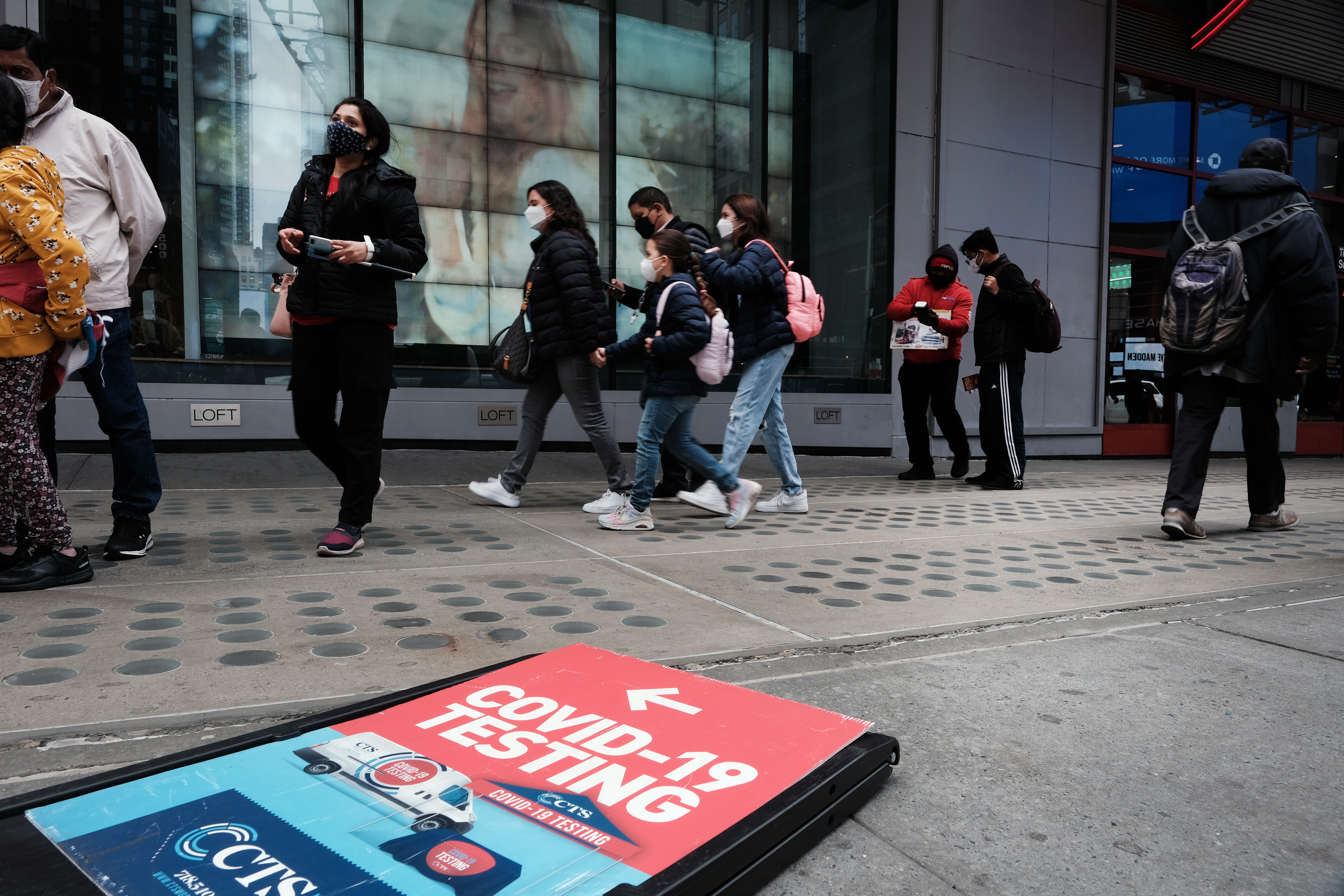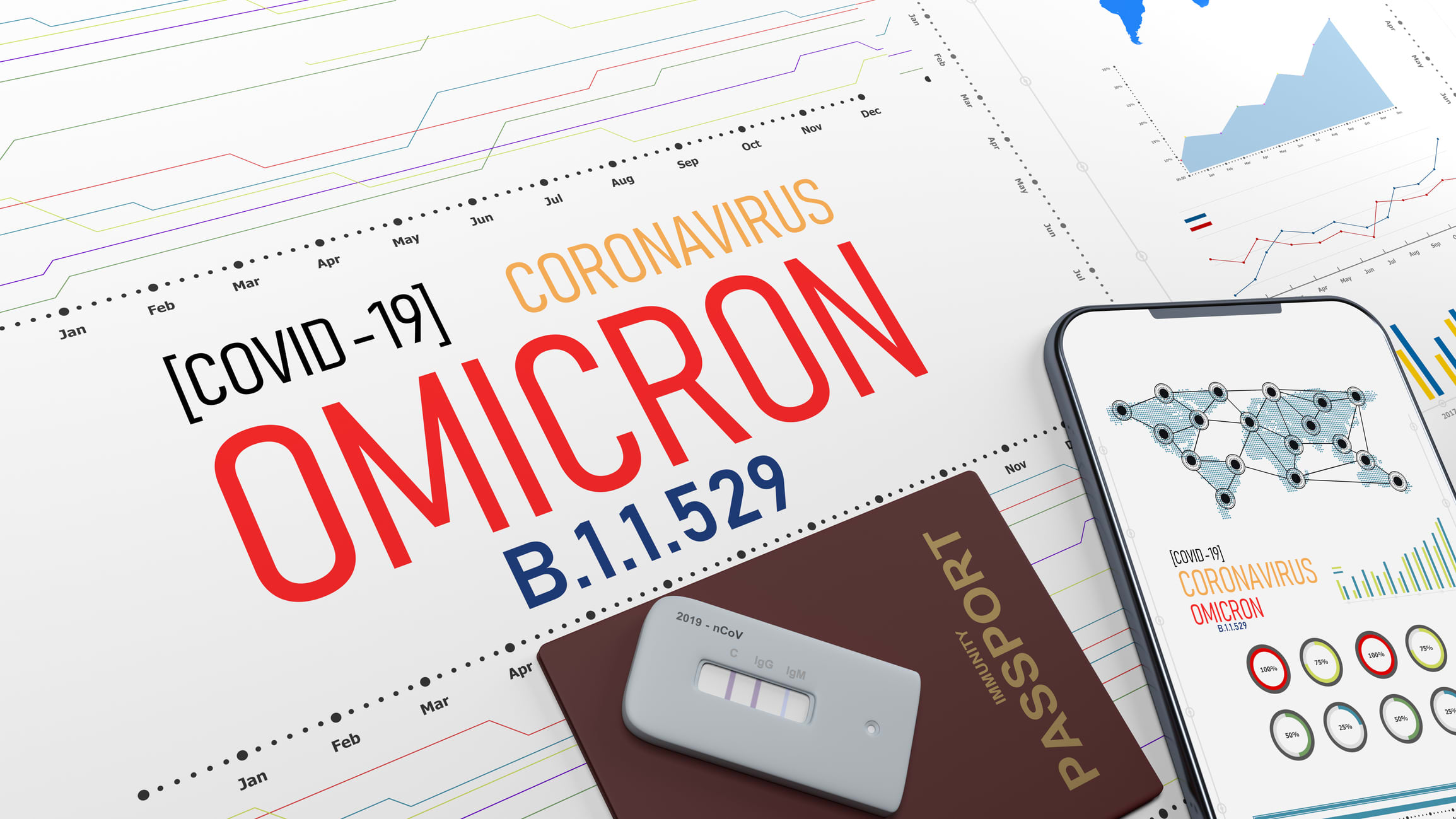UPDATE: NYC Enters 'High' COVID Alert Level. Here's What That Means
New York City is preparing to potentially raise its COVID alert level for the second time this month as a fifth pandemic wave fueled by highly contagious subvariants of the potent omicron strain tightens its grip on the metro area and the nation.
Mayor Eric Adams' office indicated a change could come within "days" in a COVID preparedness update Monday. The Democrat's team also said a new mask advisory from the health department has been issued urging face coverings indoors for all.
The five boroughs have been in a "medium" COVID alert state since May 2 after passing a key threshold -- 200 new daily cases per 100,000 residents over a rolling seven-day period. An upgrade to "high" alert status would require COVID hospitalizations to hit a critical benchmark -- 10 new admissions per 100,000 residents on a rolling basis -- as well. And the five boroughs are precariously close.
Get Tri-state area news and weather forecasts to your inbox. Sign up for NBC New York newsletters.
At the time health officials announced the change to medium alert, the rolling hospitalization rate was 6.8 per 100,000 residents, while the rolling new case rate was 218.22. Both rates have steadily been increasing since, to 9.2 and 303.33 now.
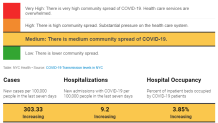
Any upgrade to high alert status would strictly be linked to concern about overwhelming the healthcare system in terms of hospitalizations. To this point, infections have been soaring but symptoms have been mild and the hospitalization rate has stayed manageable. Officials don't expect another severe surge like the one omicron triggered in January, but they're wary of the need to reserve resources.
Should the alert level be elevated as the health department anticipates, it wouldn't trigger any new COVID mandates. Those would be considered only if the alert level reached "very high," which is the highest of the four tiers, health officials say.
Learn more about NYC's COVID alert level system here.
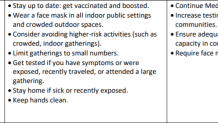
But the recommendations are clear. The health advisory that city officials issued Monday urges all residents to use high-quality face masks -- like KN95 and KF94 masks and N95 respirators -- when indoors and in public settings, including at grocery stores, building lobbies, offices, stores and other shared spaces where individuals may interact (think restrooms, hallways, meeting areas).
The advisory conveys special urgency around face coverings for people who are at high risk of severe illness and death from COVID, namely those who are older than 65 or who are not vaccinated, city health officials say.
Anyone not eligible for vaccination due to age or some other reason is urged to avoid crowded settings and non-essential gatherings, particularly indoor ones.
New York City had managed to evade the brunt of the omicron subvariant-fueled COVID spread blamed for high infection rates in other parts of the state, like the Central New York and Western regions, in recent months. But the needle is moving.
All but one of New York state's 62 counties is now considered at high- or medium- community level COVID risk by the CDC, whose guidelines New York City health officials use for their own benchmark. That lone county is the Bronx, which has the second-lowest full vaccination rate of the five boroughs and high testing rates (the Mott Haven/Port Morris ZIP code has the highest median test rate in the city now).
The Bronx's singular distinction likely won't last much longer, though. As of Monday, it is on the verge of hitting that critical 200 new COVID cases per 100,000 residents marker, sitting at 191.51). That's the lowest rolling rate in the city.
Staten Island and Manhattan are fueling the latest transmission increases with rolling case rates per 100,000 of 380.77 and 334.31, respectively, followed by Queens (322.6) and Brooklyn (275.79).
Queens' Bellerose, Bayside Flushing and Long Island City neighborhoods, as well as Manhattan's Murray Hill, NoMad and Roosevelt Island, lead ZIP codes in percent positivity. Rolling hospitalization and death rates by ZIP code are published at a 14-day lag so haven't been updated on the city site since data covering April 5-May 2.
Overall, the citywide rolling new case average is up 13% over the average for the prior four weeks, and the rolling positivity rate is above 9%, as of the city health department's latest report.
Raw hospitalization numbers are down on a rolling basis, but given the lag factor associated with this metric, health officials likely expect them to climb a bit.
New confirmed COVID deaths vacillate a bit from day to day but for the most part, any percentage change in either direction reflects about five people, a relatively small number but one of critical importance to the families of those victims.
More Coverage
Statewide, the COVID picture is adhering to a similar trend.
New cases per 100,000 stand at 48.3 as of the state's latest report, up from 28.3 a month ago. For New York City, state data currently puts that rate at 42.9, up 64% in a month, from 26.1. Long Island and Western New York have the highest rolling new case rates of the state's 10 regions (60.4 and 61.5, respectively).
In terms of statewide hospitalizations, those are up to 2,373 total as of Gov. Kathy Hochul's most recent update, nearly doubling in the last month. Still, that total is mercifully well below the 12,452 hospitalized across New York in January -- and a fraction of the nearly 19,000 admitted at the hospitalization peak in April 2020.
These, elected and public health officials say, are reasons to stay vigilant but not cause for panic. That's especially true given the breadth of tools available, they add.
"The best way to prevent serious illness and hospitalization from COVID-19 is by getting fully vaccinated and staying up to date on your booster doses," Hochul, a Democrat, said in her latest COIVD update.
"While more than 3 in 4 of all New Yorkers are fully vaccinated, and over half of all eligible New Yorkers have received a booster dose, that still isn't enough," she added. "We need more New Yorkers to use this important tool so we can continue to protect our loved ones and our communities from COVID-19."

